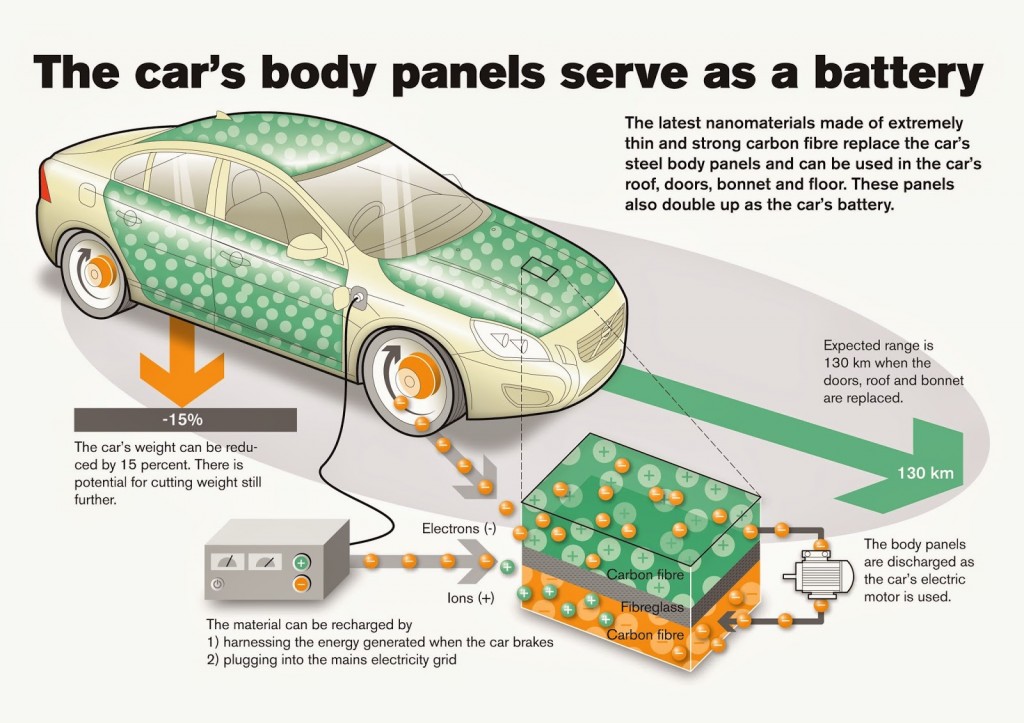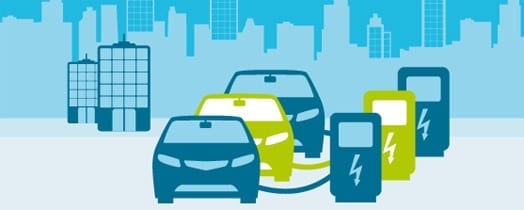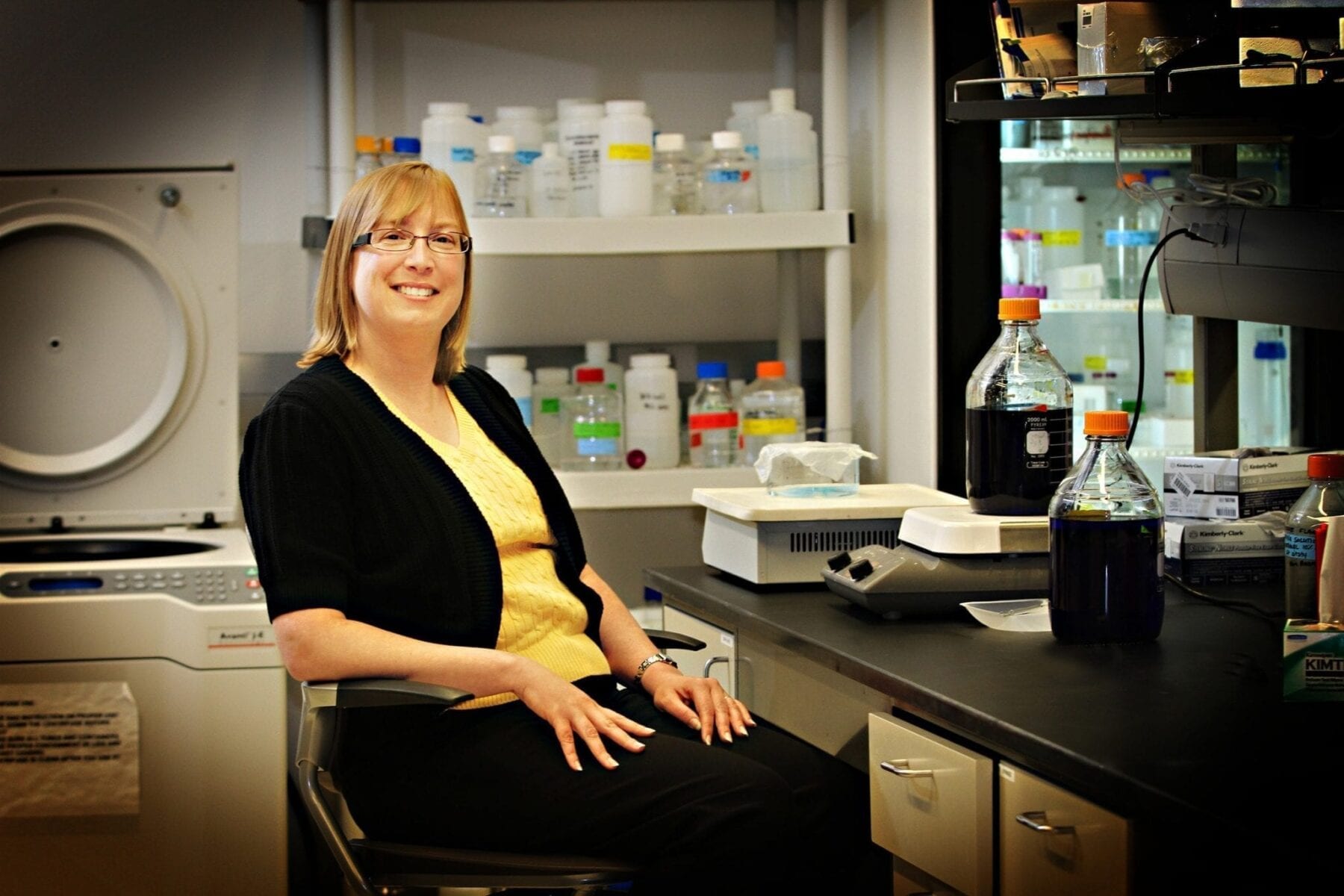
A car powered by its own body panels could soon be driving on our roads after a breakthrough in nanotechnology research by a QUT team.
Researchers have developed lightweight “supercapacitors” that can be combined with regular batteries to dramatically boost the power of an electric car.
The discovery was made by Postdoctoral Research Fellow Dr Jinzhang Liu, Professor Nunzio Motta and PhD researcher Marco Notarianni, from QUT’s Science and Engineering Faculty – Institute for Future Environments, and PhD researcher Francesca Mirri and Professor Matteo Pasquali, from Rice University in Houston, in the United States.
The supercapacitors – a “sandwich” of electrolyte between two all-carbon electrodes – were made into a thin and extremely strong film with a high power density.
The film could be embedded in a car’s body panels, roof, doors, bonnet and floor – storing enough energy to turbocharge an electric car’s battery in just a few minutes.
The findings, published in the Journal of Power Sources and the Nanotechnologyjournal, mean a car partly powered by its own body panels could be a reality within five years, Mr Notarianni said.
“Vehicles need an extra energy spurt for acceleration, and this is where supercapacitors come in. They hold a limited amount of charge, but they are able to deliver it very quickly, making them the perfect complement to mass-storage batteries,” he said.
“Supercapacitors offer a high power output in a short time, meaning a faster acceleration rate of the car and a charging time of just a few minutes, compared to several hours for a standard electric car battery.”
Dr Liu said currently the “energy density” of a supercapacitor is lower than a standard lithium ion (Li-Ion) battery, but its “high power density”, or ability to release power in a short time, is “far beyond” a conventional battery.
“Supercapacitors are presently combined with standard Li-Ion batteries to power electric cars, with a substantial weight reduction and increase in performance,” he said.
“In the future, it is hoped the supercapacitor will be developed to store more energy than a Li-Ion battery while retaining the ability to release its energy up to 10 times faster – meaning the car could be entirely powered by the supercapacitors in its body panels.
“After one full charge this car should be able to run up to 500km – similar to a petrol-powered car and more than double the current limit of an electric car.”
The Latest on: Panel-powered car
[google_news title=”” keyword=”Panel-powered car” num_posts=”10″ blurb_length=”0″ show_thumb=”left”]
via Google News
The Latest on: Panel-powered car
- Tesla Cybertruck’s Battery Can Power A House. Owner Quoted $30,000 To Make That Happenon April 26, 2024 at 6:30 am
Costs vary wildly and owners have to go through Tesla-approved installers, which may make it harder for some to get the work done.
- James Cook University spends over $3 million on solar car parkon April 25, 2024 at 5:00 pm
Can solar panels over car parks save our agricultural land from solar farms ... cutting out the need for kilometres and kilometres of expensive power lines. JCU’s giant car park installation will be a ...
- The Myths And Truths About Why Electric Cars Don't Have Solar Panelson April 25, 2024 at 7:00 am
Although solar energy alone cannot fully power a car for real-world usage, manufacturers are overcoming challenges and getting closer by the hour.
- Two Cousins Built This "Solar-Powered" Ford F-150 Lightningon April 21, 2024 at 12:59 pm
EV manufacturers promised their rides would help us fight global warming. As it often happens, there was some fine print we shouldn't have ignored ...
- Tesla Cybertruck Tows An Electric RV That's Controlled Like An RC Caron April 21, 2024 at 12:11 pm
The mobile home in question is the sleek Pebble Flow RV, and it's a fitting rig here given that it was created by former Tesla and Apple employees. Besides the streamlined looks, the trailer weighs ...
- My Off-Grid Project: I Now Get My Water and Power Directly From the Skyon April 21, 2024 at 9:01 am
Becoming responsible for our own water and energy was more than saving on utility bills. Here's what motivated us, what we learned and how we made it happen.
- DJI Power 1000 vs DJI Power 500 compared – all you need to know about the two new portable power stationson April 21, 2024 at 4:09 am
Machines can recharge drone batteries in just 30 minutes - and can keep a car refrigerator running for 19 hours ...
- An old barn falls down like a house of cards, and a house is hit with pickleson April 19, 2024 at 3:00 am
A barn suddenly collapses, a house gets hit by pickles, and other odd tales from local police and fire departments.
- Goal Zero Power Station Sale April 2024: Score 20% off Ahead of Earth Dayon April 18, 2024 at 6:32 pm
They’ll keep your electronics and other devices charged at the campsite and tailgate or during a power outage.
- DJI's new backup battery can power small appliances, charge your droneon April 18, 2024 at 6:00 am
DJI is entering the portable power station market in the US and Europe with the launch of the Power 1000 and Power 500 designed for users at home or on the road.
via Bing News











